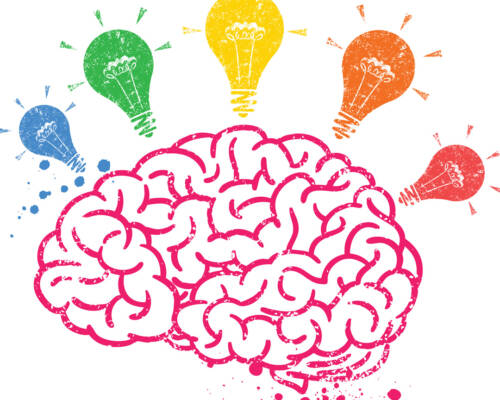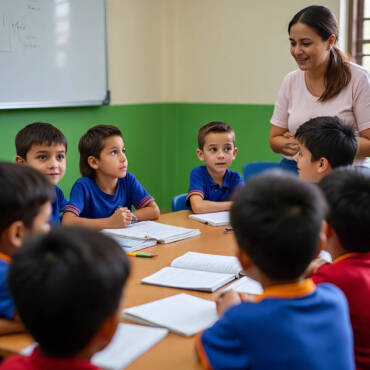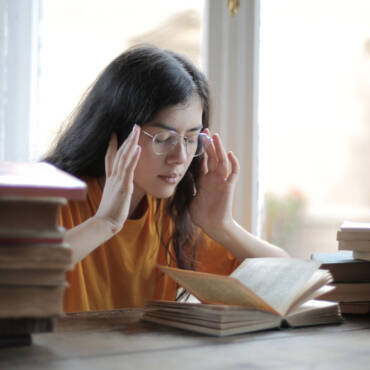Traditional Learning and Spaced Learning

Education is likely the only tool one can possess that brings success, knowledge, and consciousness.
Nowadays many people receive education only to earn well in the future. However, besides the monetary benefits, education also helps us to expand our knowledge, improve ourselves as human beings and as an externality bring betterment around us.
When we speak of education, let’s discuss some common teaching practices. First is traditional, old fashioned way of teaching which involves one child to recite while others would sit in silence. Each student was responsible to do this in turns. Students were expected to study and memorize the assignments. In this way of teaching there was hardly any learning taking place. Students were awarded on the basis of their attendance and behavior in class.
On the contrary, the progressive and modern method of teaching is completely different. Students are taught with an entirely different approach. Modern practices are more focused on students’ needs and interests instead of assuming all students on same level and that they have same interests. Modern teaching is inclined more towards activity-based methods such as questioning, demonstration, and other collaborative techniques.
One modern method includes spaced learning which aims towards achieving better grades as well as physical health. Many studies claim that spaced learning is more effective than the traditional methods. In spaced learning students tend to quickly switch through activities for example engaging for 10 minutes in learning a subject then next 10 minutes in sport activities. This helps improve the connection of brain cells, allowing them to retain information for longer while simultaneously focusing on student’s physical well-being.
Nowadays many educational institutions use traditional practices which limits students’ abilities and develops a sense of ratification in them. Same course content is taught over years, which could be better taught using techniques like brainstorming which allows more interaction with students and getting them involved in the learning process.
Our brain consists of neurons (brain cells). As a result of using same teaching practices and memorization methods for years leaves some of neurons unused till we die. This is a Bitter Reality of traditional education system.
To sum it up, we can say that traditional techniques fail at developing abilities like critical thinking, problem solving, and decision-making opposed to Spaced Learning that allows students to be more productive and collaborative.
Author: Tazeen Aijaz





Add Comment